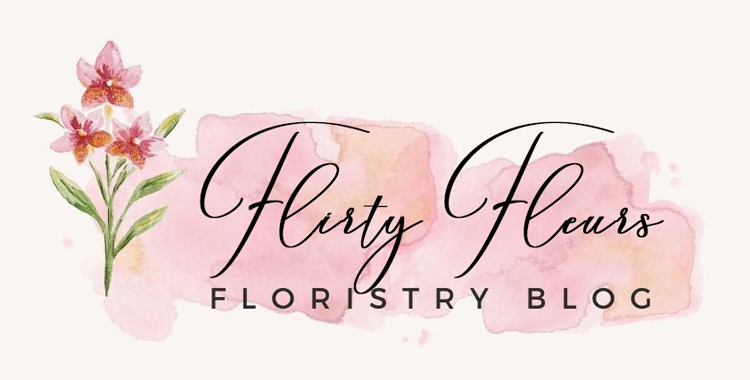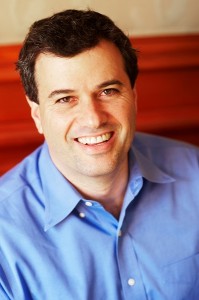New York based Sean Low has advised the likes of amazing floral designer Preston Bailey; Planner/Eventiste, Marcy Blum; global interior designer, Vincente Wolf; blogger sensation, Abby of Style me Pretty and the cake diva, Sylvia Weinstock. He is also a key speaker for the luxury wedding business summit, Engage!10 and the wedding and event planning summit, Wedding 360.
Sean Low is bringing his practical business advice to Denver for those entrepreneurs who desire to take their creative business to the next level. The Denver Creative Business Symposium is an intensive workshop which is geared to those in the creative business (which all wedding and event businesses are) and will focus on identifying the core principles and philosophies that should drive every creative business.
Register Here: Denver Creative Business Symposium with Sean Low
And here is our interview:
What motivated you to start The Business of Being Creative, LLC?
Wedding season in Colorado is approximately 4-5 months. During this time it becomes very difficult to balance so many hats of owning a creative business while maintaining a high level of client service. What do you suggest to keep balance during the chaos of peak wedding season?
Sean Low – I think this is where maximizing the time between design and production is key. All about rehearsal, leverage and minimizing surprises. If you don’t show samples, ok. But then do it internally. Game is not won or lost when the moment is upon you. It is determined when you choose to prepare (or not). I am a very big fan of outsourcing, focusing your energies on what you do well and be uncompromising in giving up control of what is most valuable about you. The rest is fair game.
What would you say is the biggest hurdle to overcome in transitioning from mid-market industry to high-end market?
Sean Low – The perception that value has anything to do with price. Yes, you have to be within the realm of reality, but only the realm. At a level, the high-end expects (and receives) uncompromised art from uncompromising artists. Preston and Vicente get paid what they do because they know what it is that they are selling and to whom. Too often, I see artists trying to reach the high-end while sacrificing what makes them great in the first place. The high-end is no more the holy grail than anything else in business. It is a choice and comes with its positives and negatives. I think there is trouble with the transition because creative business owners do not fully embrace that it is a choice.
To manage a creative employees you have to give them autonomy. How do you suggest balancing direction in a studio environment while keeping staff thriving?
Sean Low – Responsibility AND authority. I would rather have one passionate, talented employee than five experienced, flat ones. You have to provide the structure from which they operate and then give them the freedom to take it wherever they want to. Like what happens at the Ritz Carlton Hotels where ANY employee can handle any situation with full support of management “to make things right”. With full knowledge of the way the Ritz does things they have an entire team of linchpins (as Seth Godin would call them) – people who want to and do make a difference (from chambermaid to general manager). Most creative businesses fall down because they give either responsibility or authority, but not both. Usually it is about ego of the creative business owner and the refusal to really let go.
What are your thoughts on creating a pricing structure? Any guidelines for being fiscally responsible?
Sean Low – Price from the top down. Comes from Blue Ocean Strategy. Figure out what you need to live the life you want to live and then figure out what you need to charge to get there. Unless you have a very large production house, for the most part, I advocate trying to drive your pricing based on fees rather than markup. Today, the cost of what you deliver is a known commodity. Trying to mark up that commodity is a certain way to create distrust with your client. Better to be wholly transparent (no, not show your invoices) and let your client know what it is you need to charge in order for you to do your best work. For the most part, the right client will value what they are getting and will pay for it. As for being fiscally responsible, that is up to you to invest your time and money into what is most important to you. So long as you are paying your bills and your employees, what you do with your money is up to you. That said, trying to build a nest egg and create a rainy day fund is a very smart idea given the seasonality of creative businesses. But no sense creating the fund if you are not willing to cut things out before you blow the fund. In a real way, avoiding tough decisions is a sure way to miss the next opportunity.
What are your thoughts about creating multiple revenue streams? Do they need to be similar in style or can they be completely separate?
Sean Low – Anything and everything a creative business does has to relate to its core. If it does, then anything is open to possibility. Think about fashion designers and how far their brands extend. I mean Polo sells paint. But the ethos underneath is quintessential Americana. The problem with running a business that does not derive from the same core is that it is a wholly separate business. Most creative business owners have enough trouble keeping one business going.
What are some common mistakes people make when starting a creative business?
Sean Low – Not being true to themselves and thinking they need to be derivative of people they look up to. And then all of their online materials sound sort of pat as opposed to who they really are. Literally had a client who said she had a fetish for cool paper but did not have anything close to that on her site or blog. The next biggest mistake is to under-price and under value what they are doing. Yes, you need a break to get going, but great art will carry the day. Free or underpriced art will just make you poor.
What are your thoughts on what makes a creative business successful?
Sean Low – To me, measure how successful a creative business is/will be is in direct proportion to its desire to be iconic. By iconic, I mean to be the best in the world at what it does and to always be the best representation of itself. To absolutely stand for something.
Why is branding a creative business so important?
Sean Low – If you can’t stand for something, you can’t be iconic. If you can’t be iconic, long-term your creative business has no value and you will find yourself competing on all things but your art very quickly.
How do you stay authentic?
Sean Low – Integrity is what it is all about. The internal compass that drives all of us forward and creates that hunger to create. We can all see it when it oozes out of you, whatever it is. People tell me my eyes light up when I talk about creative businesses and what they mean to me. I literally dream about new structures and how to change things to have my clients’ businesses stand apart.
Where do you find inspiration?
Sean Low – Almost anywhere. Just thinking about what I have written on the blog, it could be anything from business stories, to Dick Fosbury (the Fosbury Flop), to Paul Krugman to my Mom and Step Dad. I love reading and seeing new things come alive and seeing what will have legs and what won’t. Source of endless fascination for me.
Who are some of your influences?
Sean Low – Too many to count. Seth Godin and Malcolm Gladwell most recently. Then there is my favorite law school professor, Elizabeth Warren (now the head of the committee overseeing TARP and the architect of the financial reform bill), my mentor during my days as a lawyer, Cathy Hershcopf, to countless people from my days on Wall Street and as an entrepreneur. Then, of course, Preston and Vicente. Could totally go on and on. Mostly , though, I am influenced by those people who feel compelled to make a difference – beyond money, fame or anything tangible – they truly do what they do because they have to – it is like breathing to them. I love being around that energy and I actively seek it out.
What are your thoughts on creating a social media strategy? What type of results can one expect from social media?
Sean Low – I think social media is a tool and I am a huge fan of how Seth Godin and Gary Vaynerchuk see it. It is a free platform from which you can create a tribe that will be a passionate about telling the world what you are about as you are. If you get a million followers on Twitter, so be it. Useless unless they are singing your song for you. Think that, for most, blogs are useless. Unless you are Style Me Pretty, showing me every detail from your last job has a shelf life of a donut. I would rather you figure out how to have meaningful dialogue with a few than a one way statement with thousands. That said, done well, with intended personality and passion, social media, especially Twitter can open the world to what you are doing and what your art is all about.


